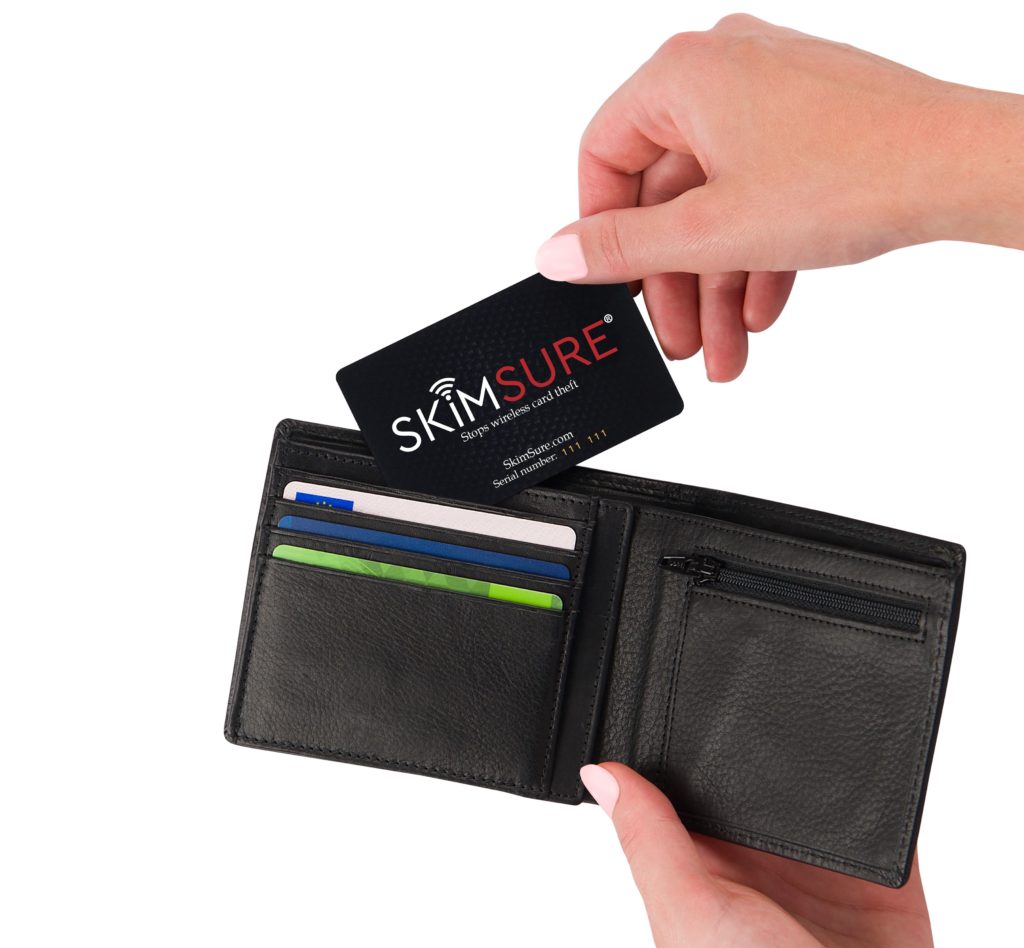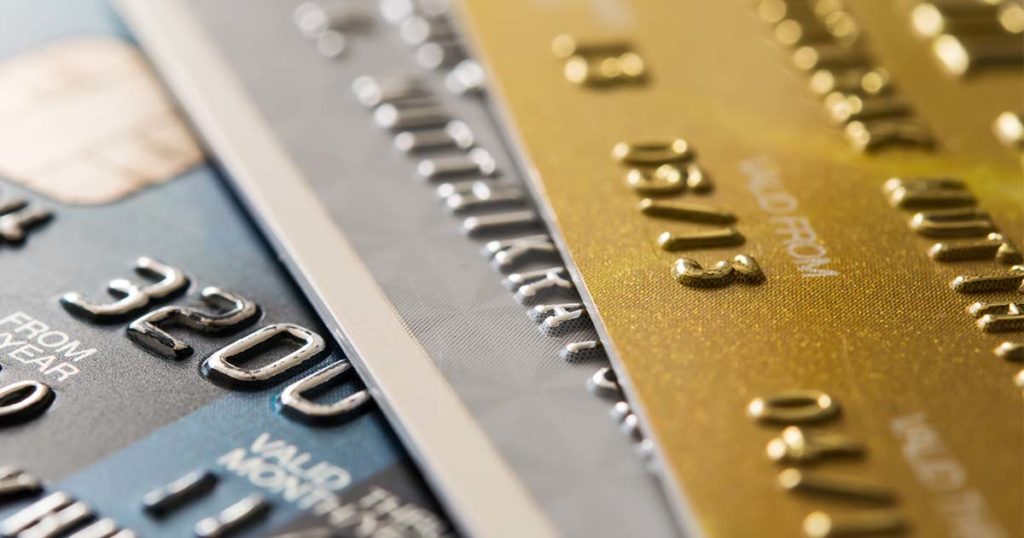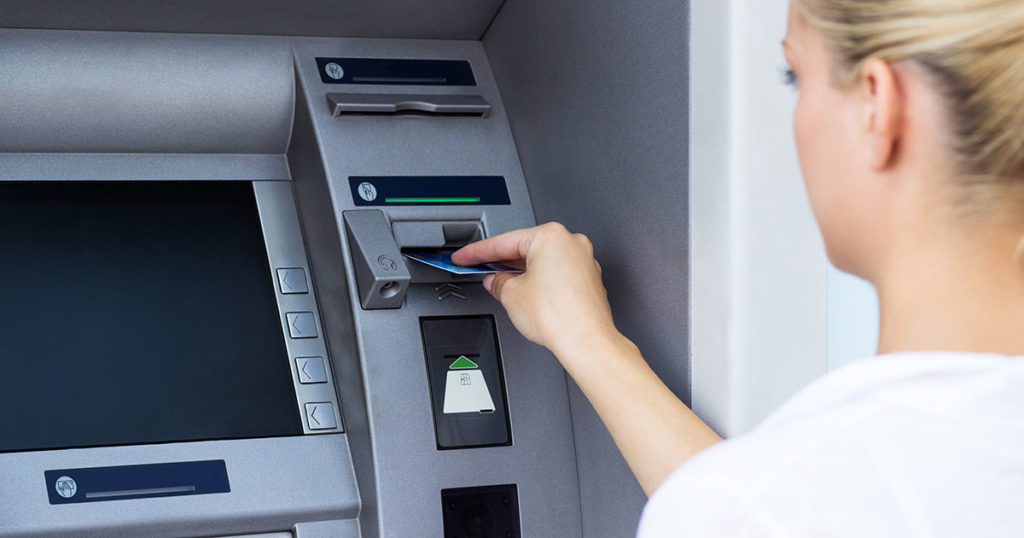Getting your credit cards or the card information stolen is an uncomfortable and sometimes expensive experience. Today not only do you need to be aware of losing your credit cards to be a victim of credit card fraud. Nowadays, thieves can access your card details through wireless credit card skimming. It’s a type of skimming that is very difficult to notice, but there are ways you can protect yourself.
The problem with wireless skimming is that you do not notice if you are a victim of it until you suddenly realize that someone has racked up credit debt on your credit cards. It is important to understand the risks and what you can do to protect yourself.
Below we have summarized 5 actions you can take to protect your cards in order to avoid wireless and other types of credit card thefts.
1. Use SkimSure’s card to protect your cards
SkimSure’s protective card contains a protective chip that jams any attempts to wirelessly steal your card information. The chip is automatically activated when someone tries to scan your credit cards and the SkimSure card creates a protective forcefield that surrounds your credit cards.
SkimSure’s protective card looks just like an ordinary credit card and is simply placed next to your other cards in the wallet and protects them from wireless skimming. Protect your credit cards from wireless theft with the SkimSure card. Can also be bought at your local Best Buy store.

2. Keep your card details secret
Never leave your cards visible to others e.g. when you’re out shopping or at a restaurant. Never allow anyone else to see your card details including the CVC code. It may actually be good to put a piece of tape over, or scratch off the CVC code. Also, be sure to protect your PIN code against people around you as you enter it when you pay with the card. Never store codes and cards in the same place and never share your credit card details with anyone who has requested them, unless you are absolutely sure that it is justified. Don’t let the waiter walk away with your card to pay when you are at a restaurant.

3. Be careful when shopping online
Be cautious of where you shop online, look for approved and safe webpages. What you can look out for is that the webpage has a “https” infront of the webpage address and that the checkout is a trusted checkout such as Stripe or Paypal.
4. Keep track of your transactions
In some cases, banks may contact if they suspect that questionable transactions have been made from your account. However, you also have a responsibility to pay attention to transactions made from your bank account. If you do not immediately notify your bank when you see an unauthorized transaction, they see it as being inattentive. That means that you can become responsible for those fraudulent transactions, even though your bank would have a policy stating that they reimburse you. Make sure to read the exceptions of the policy to understand when you are liable for fraudulent transactions
5. Pay attention when using your card at an ATM
Does the card terminal or ATM look strange?
Maybe the keypad is not as it usually is, or is the slit where the card is inserted askew? In case of suspicion, examine more closely and avoid using the card if you don’t feel secure. Don’t let an unknown person help you if your card gets stuck in a pay machine or ATM.
